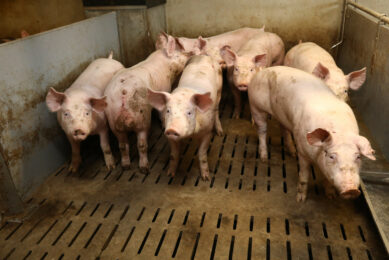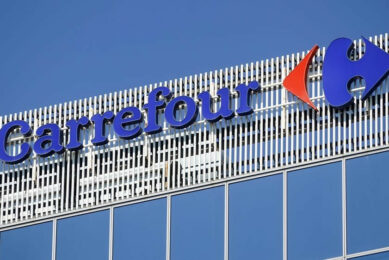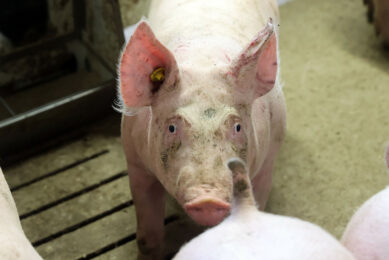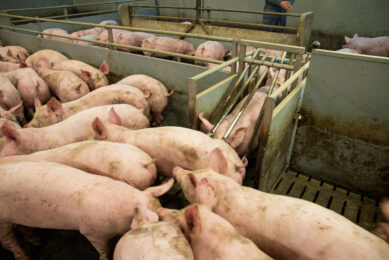Merial: PCVD and swine influenza scientific sessions
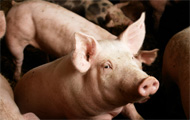
Last month, Merial gathered 170 European swine veterinarians and experts for a two-day Forum to share their experiences about PCVD and swine influenza during scientific sessions but also more informally at the Mérieux Foundation in Annecy .
Porcine Circovirus
The first day was devoted to porcine Circovirus, which is not only responsible for PMWS (post-weaning multisystemic wasting syndrome) but which has also been clearly associated with problems in reproduction. Prof. Hans Nauwynck, from Ghent University, presented an update of the mechanisms involved in reproductive failures caused by the circovirus, (abortions, return to estrus, delayed parturitions, mummified fetuses, stillbirths …) which all lead to significant economic losses. The sampling of several entire litters, not just the mummies, can indeed confirm the implication of the circovirus after an antibody analysis on pleural and abdominal fluids, or PCR on hearts if needed, as Guillaume Perreul (Merial Swine Technical Manager, French Operations) explained .©
©
In the opinion of certain field veterinarians who have used Circovac® for several years now, the vaccination of breeders can improve performance and is the best way to protect the whole herd.©For Michel Noirrit, DVM in France, the vaccination of gilts enhances young sow fertility and decreases abortion rates and in his opinion PCVD vaccination should become as routine as parvovirus vaccination. Gilles Delisle, another swine practitioner in France, explained how©the product demonstrated its effectiveness over six years in both the performance of piglets and reproductive females which lead to the successful vaccination of 90% of his customers’ herds.
©
Swine Influenza Virus
The second day was devoted to Swine Influenza Virus and opened with a complete update on the virology and epidemiology of swine influenza by Ian Brown, Director of the EU/OIE/FAO International Reference Laboratory, based at the Veterinary Laboratories Agency in the UK. Global surveillance is based amongst other things on virus characterisation, especially in the current context of pandemic flu to which pigs are susceptible. In Europe, three main subtypes are involved in Swine Influenza : H1N1, H1N2 and H3N2.©
©
To date, vaccines available only contained H1N1 and H3N2 which did not offer sufficient protection against the H1N2 subtype. It was thus important to consider the addition of a H1N2 strain which lead to the decision by Merial to distribute Gripovac®3 a vaccine containing the three strains circulating in Europe. What is important, explained Thaïs Vila (Merial Swine Technical Director, EMEA), is that this vaccine can be used safely at all physiological stages: vaccinating sows and gilts provides protection for up to 6 months and for their piglets at least 33 days after birth (with a sow booster performed 14 days before farrowing).
©
It is well known that Swine Influenza is involved in acute respiratory disorders and can cause morbidity, mortality in some cases, but also reproductive problems in sows, including abortions. Italian pigs have been affected by some very severe outbreaks of influenza, sometimes including mortality even in sows as opposed to just fatteners, explained Giampietro Sandri, DVM in Italy. In his opinion, the vaccination of sows tends to level up the herd immune status and increase maternal immunity, preventing flu outbreaks in nursery herds.©30 years’ experience in France, as presented by Henri Guilmoto, DVM in France, highlighted the severe effects of swine influenza, which are currently probably underestimated.
©
He emphasised the importance of making a correct diagnosis by taking nasal swabs from affected pigs, and of course of preventing the disease by vaccination.©
©



